Caring For Your Mattress
Caring For Your Mattress

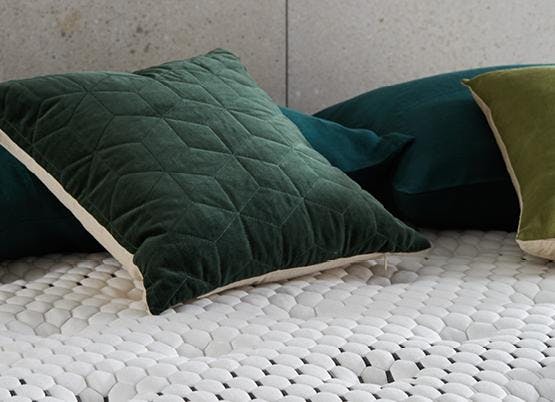
Adjusting to your new mattress
As you may have been sleeping on a firmer mattress, or a softer, older mattress with years of use, please allow yourself some time to become accustomed to the feel of your new mattress. In some circumstances, getting used to a new bed may take up to 6-8 weeks of continued use. How quickly you adjust to your new mattress, may be dependent on how long you have owned and slept on your previous mattress and how different the comfort and support of the new mattress is compared to the old one.
Some people can adjust quicker than others. If you are having any concerns with adjusting to your new mattress, it can be a good idea to check that you have all the right bedding on the new mattress and ensure you are supporting the mattress on a correct base.
A new mattress may feel firmer when first slept on compared to the demonstration model on our shop floor. This is normally due to the mattress materials not being used or worn in like the demonstration model.
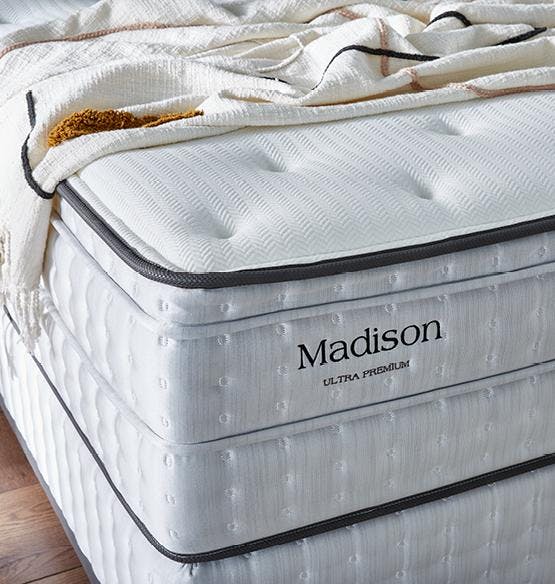
Support for your new mattress
Ensuring that your new mattress is being supported correctly by the right support base or bed frame, will ensure that the mattress is able to provide the same level of support to you as your experience on the demonstration mattress at your store of purchase.
The supporting structure or foundation under your mattress can play an important role in its overall performance.
The feeling of rolling out, rolling together or a reduced support level can all be experiences that customers have when their new mattress is supported on an incorrect or unsupportive foundation or bed frame. If an alternate supporting base is used other than the matching base under the demonstration model, you should ensure it can provide the same level of support as the matching support base, otherwise you may experience issues such as those described above.
Please consider these helpful mattress support tips
Centre Support Structure
Timber slats are evenly spaced
Thick bed frame slats
Mattress base or ensemble
Sprung and flexible foundation
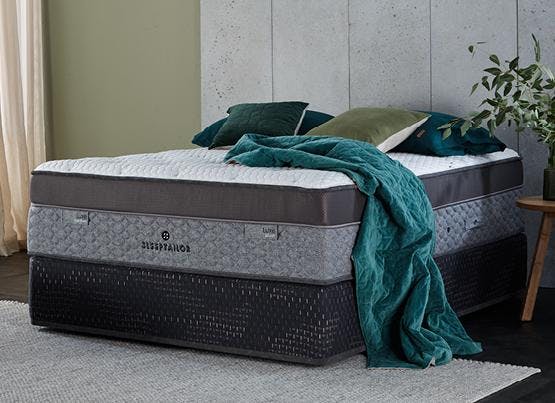
Rotating your mattress
Mattress rotation should be in line with the care instructions for the specific mattress you have purchased, as individual mattresses require different actions. Some manufacturers suggest turning your mattress from end to end and some to be flipped upside down. Personalised mattresses that have been made with customised sides should not be rotated or flipped over as this could result in using the side of the bed that was customised for your partner.
Mattresses without a pillow top can potentially be rotated or flipped, however it is best to follow the specific care instructions included with the mattress. Timeframes and instructions vary depending on the mattress, with some suggesting the mattress be rotated every month during the first six months of use and then once every six months for the life of the mattress.
Ongoing care of your new mattress should be based on the information included with the warranty that is delivered with the product. Care Instructions are provided with each product in your delivery or upon pickup.
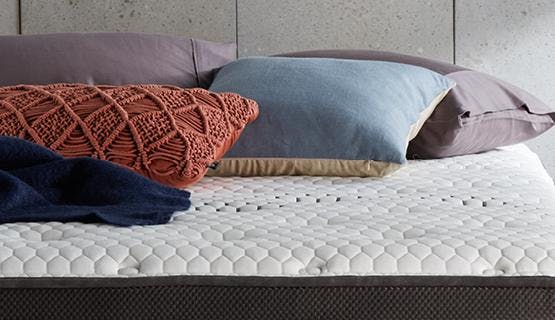
Eliminate Odour
New mattresses may have a slight odour. This can often be described as being similar to a new car smell that can be displeasing to some people. The odour comes from the combination of new materials and glue used in the manufacturing of mattresses. As the mattress has been packaged in a plastic bag and has not had an opportunity to air, the odour will be most noticeable when the mattress is new and first removed from the bag. Allowing the mattress to air with no bedding and opening a window in the room can help the odour to dissipate.
Ongoing care should be based on the manufacturer’s suggestions which may include vacuuming on a regular basis and keeping your mattress dry and stain free.
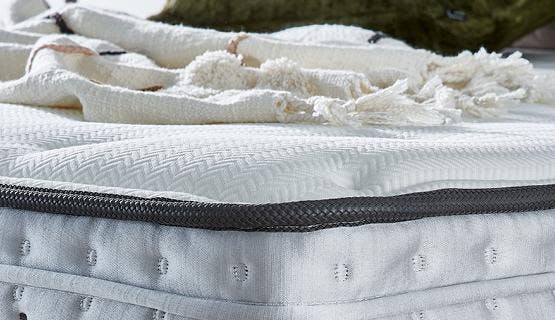
Preventing Mould
It is important that a mattress, ensemble base, or furniture piece does not become damp. If a home is naturally damp and/or contains mould, signs of mould may appear on your mattress or furniture. Sufficient airflow in the room where the mattress or furniture is can assist in the prevention of mould.
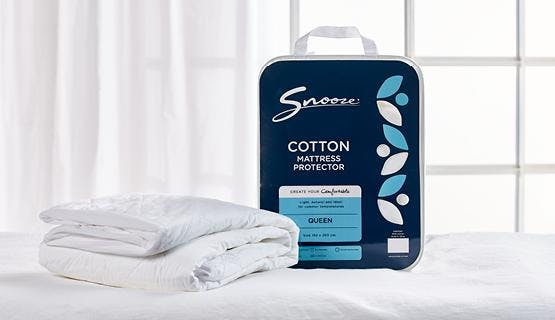
Protect your mattress
You should always fit your mattress with a mattress protector to protect it from moisture, bacteria, dust mites, and accidental soiling. They can also help reduce odour and the likelihood of mould.
